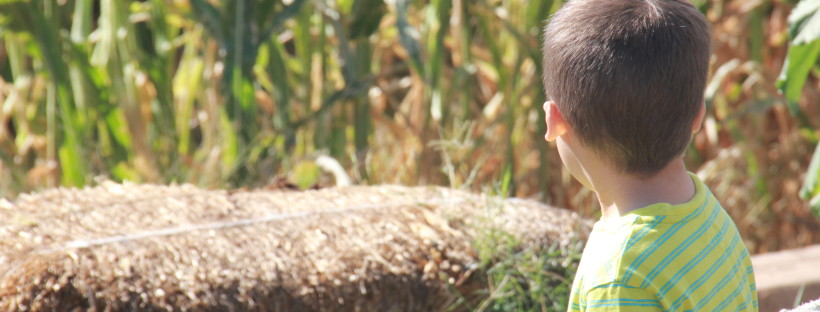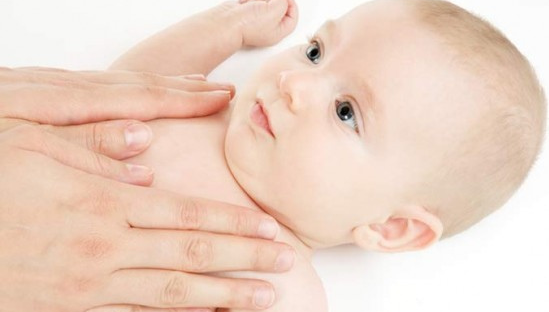I came across this interesting article on gifted students yesterday. It covers a 45 year study on gifted children. There are some important things to note if you have or regularly encounter gifted children:
- Within the school system they have extra needs
- They might also have additional sensory or learning issues
- They are often over looked or under supported
- As the article points out, they are an untapped resource…it is often these children that will solve the world problems for future generations. Why aren’t they supported more?
The article suggests that a good percent of these children in the top 1% go on to have influential jobs in science, business, law, and politics. The children, however, do not benefit from being called gifted. They do benefit from having access to advanced curriculum. The article states this about different countries approaches:
In the Middle East and east Asia, high-performing STEM students have received significant attention over the past decade. South Korea, Hong Kong and Singapore screen children for giftedness and steer high performers into innovative programmes. In 2010, China launched a ten-year National Talent Development Plan to support and guide top students into science, technology and other high-demand fields.
In Europe, support for research and educational programmes for gifted children has ebbed, as the focus has moved more towards inclusion. England decided in 2010 to scrap the National Academy for Gifted and Talented Youth, and redirected funds towards an effort to get more poor students into leading universities.
The article also states that the study found spatial ability impacts technical and creative innovation. The study also supports grade skipping. It shows the children who do this are more likely to advance their education to PhD s and have patents. It also says that just having accessible appropriate materials can help to motivated the children, but to take into account individual personality differences.
More Articles Related to ‘Gifted Students: Bridging the Gap’
Gifted Children: Existential Depression and Other Challenges





